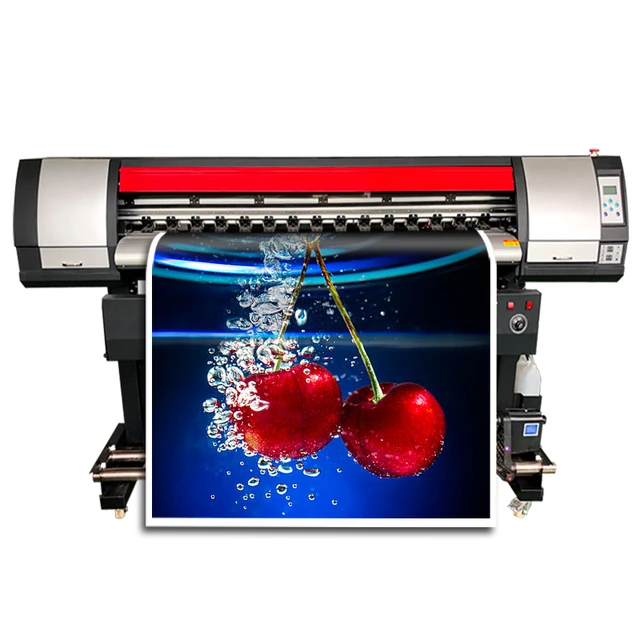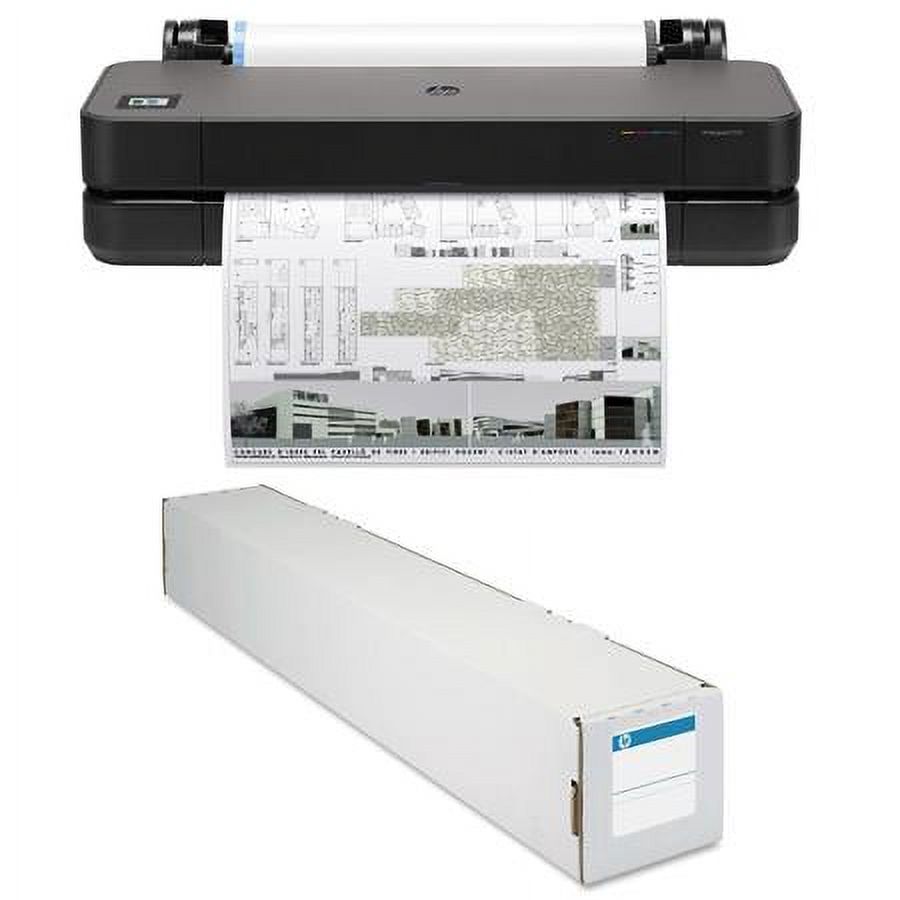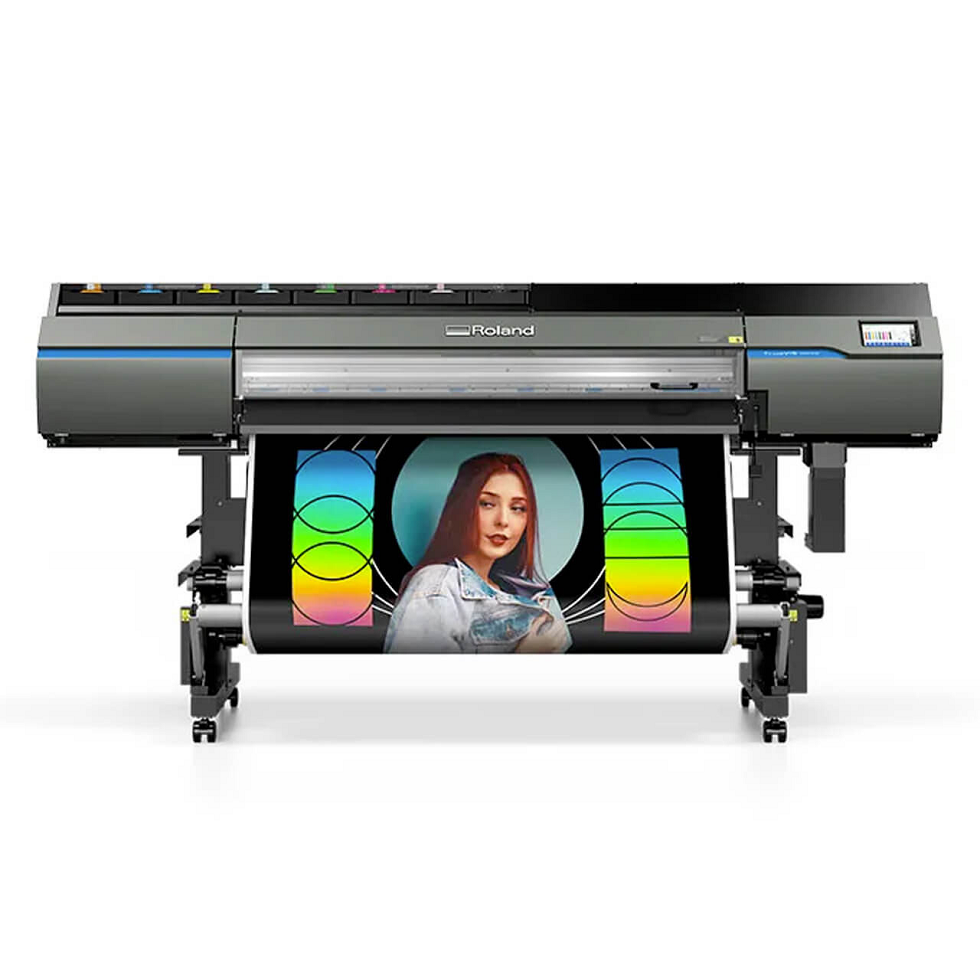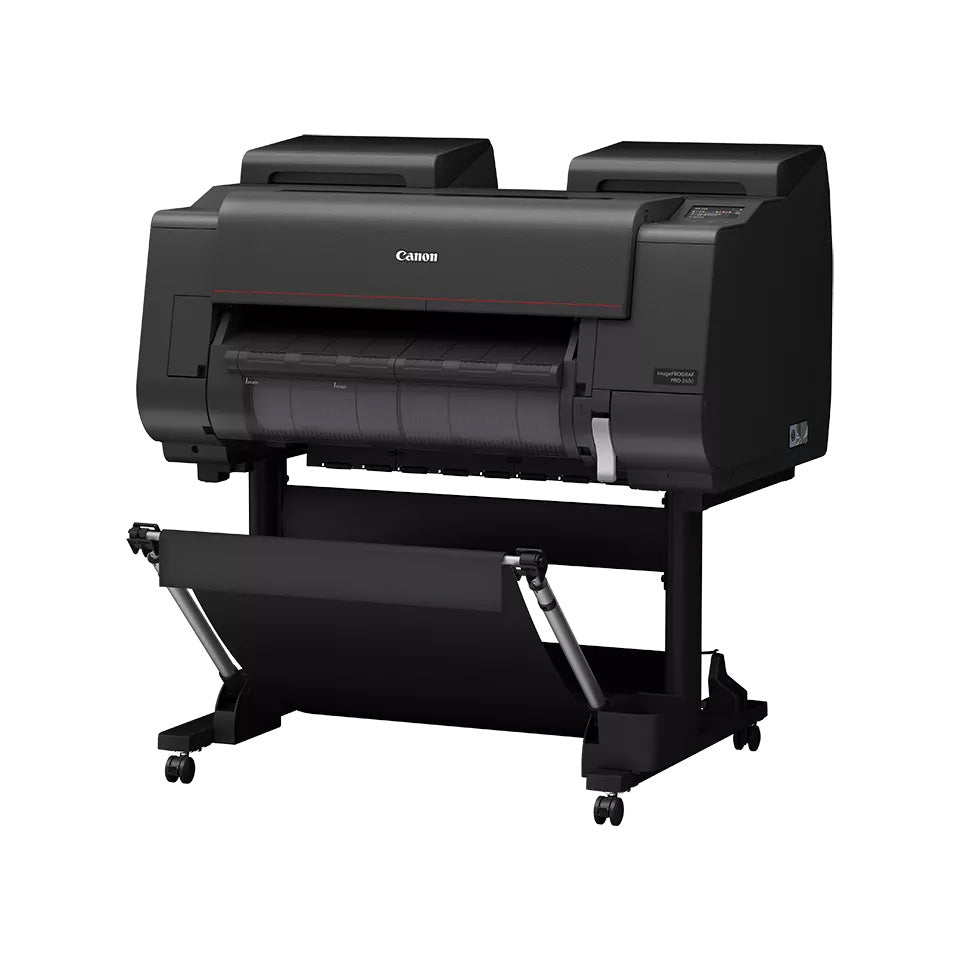Large format printers have revolutionized the way businesses, artists, and designers produce high-quality prints. They are especially popular among advertising agencies, design firms, and institutions that require large displays. But what exactly are they, and how do they work? This article will break it down into several aspects, providing a comprehensive understanding of large format printers.
What is a Large Format Printer?
Large format printers are specialized printing devices designed to handle larger sheets of paper or other media, typically exceeding 24 inches in width. Unlike standard printers found in offices, large format printers can produce eye-catching banners, posters, and architectural prints. These machines are beneficial for various industries, including advertising, education, and manufacturing.
Types of Large Format Printers
There are mainly two types of large format printers: inkjet and laser. Each type has its specific applications.
Inkjet Printers
Inkjet printers are the most common type of large format printer. They work by spraying tiny droplets of ink onto the media to create an image. Inkjet technology offers excellent color range and detail, making it a preferred choice for photo printing. These printers are highly versatile and can handle various media types, including vinyl, paper, and canvas.
Pros of Inkjet Printers:
- Exceptional color quality: The vibrant colors and sharp details help produce attractive visuals.
- Versatility: They can print on different materials, making them suitable for various applications.
- Cost-effective for low-volume printing: The initial cost is often lower, making them ideal for smaller businesses.
Cons of Inkjet Printers:
- Slower printing speeds: Compared to laser printers, inkjet models can be slower, especially for larger prints.
- Ink costs: Replacing ink can become expensive over time, especially if you print frequently.
Laser Printers
Laser printers use a different technology to produce prints. They use a laser beam to create an image on a rotating drum. The drum then attracts powdered toner, which is heated to fuse it to the paper. Laser printers offer faster printing speeds and are efficient for text-heavy documents.
Pros of Laser Printers:
- Speed: They can print large quantities quickly, making them suitable for high-demand environments.
- Durability: Prints from laser printers are often more resistant to fading, making them suitable for long-term displays.
- Cost-efficiency: While the upfront cost may be higher, the cost per print is usually lower compared to inkjet.
Cons of Laser Printers:
- Limited color quality: While modern laser printers have improved, they may still not match the vibrant colors produced by inkjet printers.
- Less versatility: They are often limited to specific media types, focusing more on plain paper.
Features and Capabilities
Large format printers come with several features that make them efficient and user-friendly.
Printing Sizes
These printers can handle various dimensions. Most large format printers can accommodate widths ranging from 24 inches to over 100 inches. This flexibility allows businesses to create various products, such as wall murals, vehicle wraps, and trade show displays.
Resolution
Resolution is a crucial aspect when considering a large format printer. The higher the resolution, the better the print quality. Most machines can print at 1200 DPI (dots per inch) or higher, allowing for detailed and sharp images that grab attention.
Connectivity
Modern printers come equipped with multiple connectivity options. Wi-Fi and Ethernet capabilities make it easy for multiple users to send print jobs from different locations. This feature improves productivity, especially in busy work environments.
Benefits of Using Large Format Printers
Investing in a large format printer can yield numerous benefits for businesses and individuals working in creative fields.
Enhanced Visual Appeal
Large format prints are visually striking. They are perfect for attracting attention in crowded spaces, such as trade shows and retail environments. The size can make a message more compelling and memorable.
Versatility
Large format printers are incredibly versatile. They can produce various products, from marketing materials to architectural drawings. This versatility allows businesses to meet various needs without having to invest in multiple printing machines.
Cost-Effective Solutions
Though large format printers can be a significant investment, they can save money over time. In-house printing reduces outsourcing costs associated with large print jobs. This can be especially beneficial for businesses that frequently produce large format materials.
Rapid Prototyping
For designers and artists, large format printers offer a quick way to prototype designs. They can print drafts to visualize the final product, allowing for quick adjustments before the final print. This agile workflow can save time and improve overall project outcomes.
Applications of Large Format Printers
Large format printers are used across various industries, each with unique applications.
Advertising and Marketing
In advertising, large format prints are essential for creating signage, banners, and displays that draw public attention. Brands use these prints in storefronts, trade shows, and outdoor advertising. The larger-than-life visuals engage viewers, creating a powerful marketing tool.
Architecture and Engineering
In architecture and engineering, precision is vital. Large format printers produce detailed blueprints and plans. Architects can showcase their designs to clients effectively. The ability to print on large sheets ensures that all details are accurately represented.
Art and Photography
Artists and photographers also benefit significantly from large format printers. They can produce gallery-quality prints that highlight their work’s details and colors. This capability allows artists to offer their pieces at a larger scale, enhancing their marketability.
Education
Educational institutions use large format printers for school signage, educational materials, and promotional material for events. The large visual appeal helps in both classroom settings and community engagements.
Choosing the Right Large Format Printer
With several options on the market, choosing the right large format printer can be challenging. Here are several factors to consider.
Budget
Consider how much you are willing to spend. Large format printers range in price, with more advanced models costing significantly more. Determine your budget and identify what features are essential based on your needs.
Intended Use
Think about what you plan to print most frequently. If you are producing banners and posters, an inkjet printer may meet your needs. If you will focus more on blueprints or text-heavy documents, a laser model might be the better option.
Space and Size
Evaluate your workspace. Large format printers can take up significant room. Ensure you have adequate space to accommodate the printer and access for loading media.
Maintenance and Support
Consider the maintenance requirements of each model. Some printers may require regular servicing and supplies. Look for companies that offer good customer support in case of issues.
Future Trends in Large Format Printing
The landscape for large format printers is continually evolving. Several trends are shaping the future of this technology.
Eco-Friendly Printing
Due to increasing environmental concerns, manufacturers are focusing on developing eco-friendly inks and materials. Biodegradable substrates and more sustainable printing processes are gaining popularity.
Automation
Automation in large format printers is becoming more prevalent. Automated systems streamline the printing process, allowing for quicker turnaround times and reduced labor costs.
Enhanced Color Options
Advancements in ink technology are enabling larger color gamuts. This opens up possibilities for producing vibrant prints that were not feasible with older technology.
Integration with New Technology
As technology continues to evolve, large format printers are integrating with other technologies. For instance, using software to create and manage print jobs can enhance workflow and efficiency.
Conclusion
Large format printing is an invaluable asset in various industries. From advertising to architecture, these printers provide versatility and high-quality output. Understanding the functions, benefits, and applications of large format printers can help you make informed decisions. As technology continues to advance, these printers will likely become even more indispensable for businesses and creative professionals alike.



